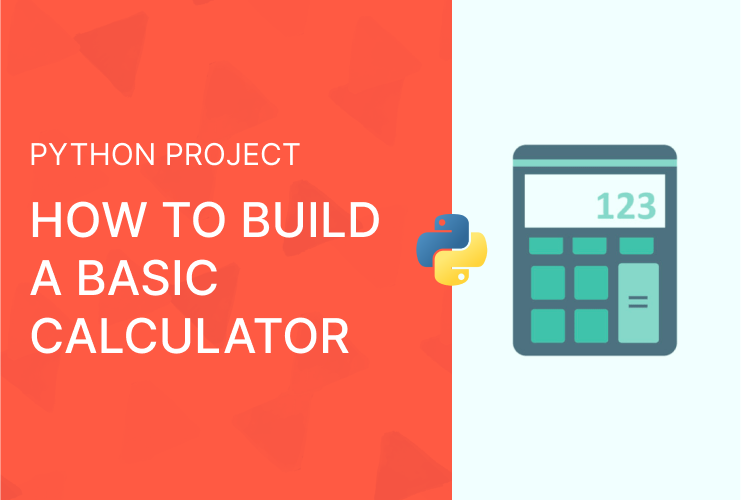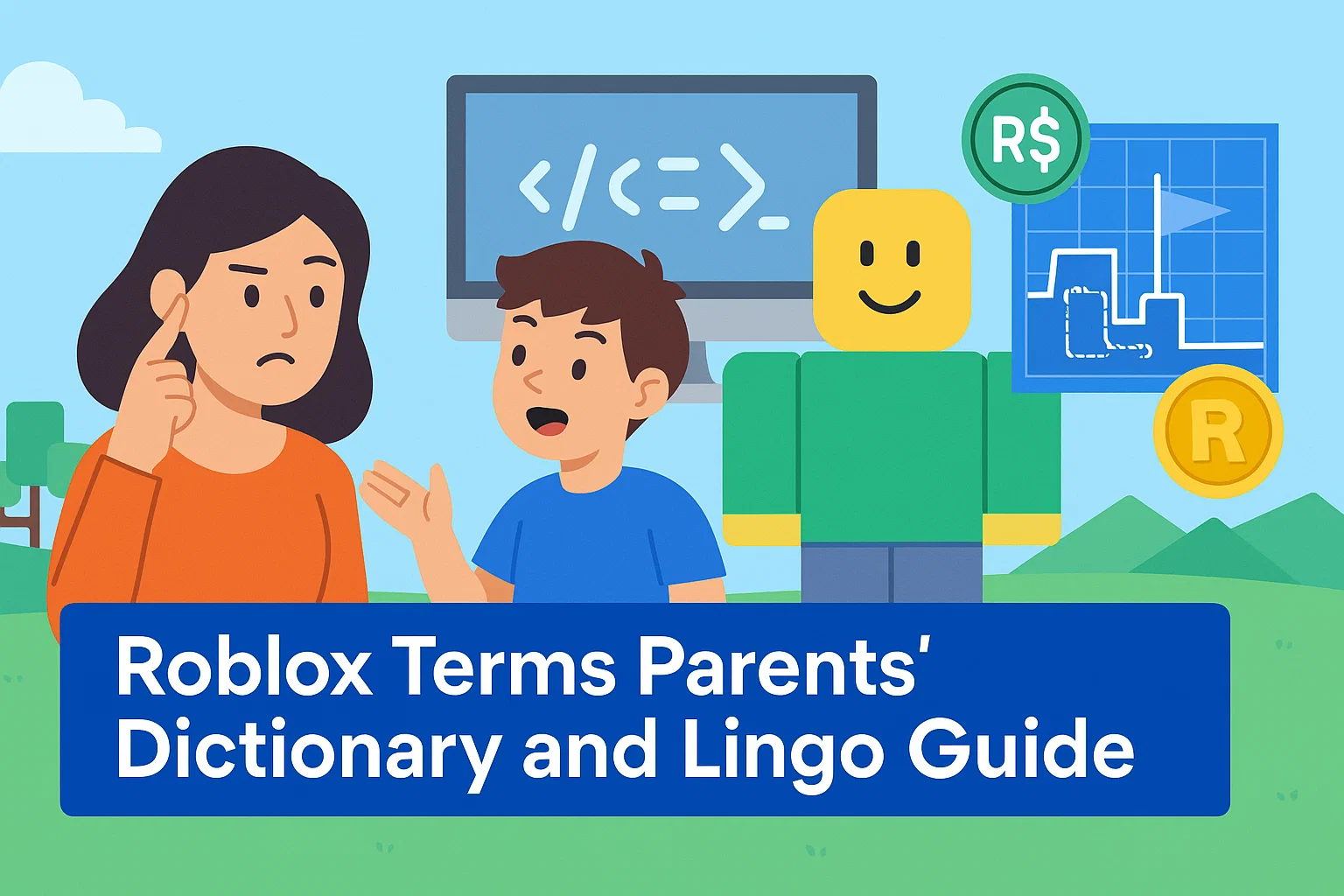Coding is everywhere — in the apps you use, the games you play, the websites you visit, and even the robots that explore Mars! 🌍 But behind every line of code lies a story which is full of creativity, curiosity, and innovation.
If you think coding is all about math or computers, think again! It’s also about art, design, logic, problem-solving, and imagination. Whether you’re new to coding or already love it, here are 20 fascinating coding facts that will surprise, inspire, and make you say, “Wow, I didn’t know that!” 🤩
🧠 1. The First Computer Programmer Was a Woman
Long before modern computers existed, a brilliant mathematician named Ada Lovelace (1815–1852) wrote the world’s first algorithm. She worked with Charles Babbage on his “Analytical Engine” — a machine designed to perform calculations. Ada realized it could do much more like creating music, art, or solving complex equations.
That was nearly two centuries ago, and her ideas became the foundation of modern programming. Today, Ada Lovelace Day is celebrated every year in October to honor women in science and technology. 👩💻💡
🕰️ 2. Programming Languages Are Older Than You Think
Many kids assume coding started with modern computers, but the truth is — the first high-level programming language, Fortran, was created in 1957 by IBM engineer John Backus. That’s more than 65 years ago!
Fortran (short for Formula Translation) helped scientists and engineers write mathematical formulas easily, without manually programming every step in binary (1s and 0s). It revolutionized how humans communicated with machines — paving the way for every coding language we use today.
🐞 3. The Term “Bug” Came from a Real Insect!
The term “computer bug” didn’t just appear out of nowhere — it came from an actual insect! 🪲
In 1947, computer scientist Grace Hopper and her team were working on the Harvard Mark II computer when they discovered that a moth had gotten stuck in one of the circuits, causing it to malfunction. They removed it, taped it into their logbook, and labeled it “First actual case of a bug being found.”
And that’s how the word “debugging” was born — something every programmer still does today!
🌍 4. There Are Over 700 Programming Languages
From Python and JavaScript to Scratch, Swift, and Go, there are more than 700 programming languages worldwide. Each one has a special purpose — some are used for web development, some for AI, others for data science or video games.
- Python – Great for AI, data, and beginners
- JavaScript – Powers most websites
- C++ – Used in gaming and robotics
- Scratch – Perfect for kids starting out
- Swift – Used for iPhone apps
Just like learning multiple languages helps you connect with people, learning multiple coding languages helps you connect with technology. 🌐
🎮 5. The First Computer Game Was Made in 1958
Before Minecraft, Roblox, or Fortnite — there was Tennis for Two. Created by physicist William Higinbotham in 1958, it was displayed on an oscilloscope screen (a circular monitor that measured electronic signals).
The game simulated a tennis match between two players using simple dots and lines — and people loved it! It’s now considered one of the earliest examples of interactive computer entertainment. 🕹️
🐍 6. Python Was Named After a Comedy Show, Not a Snake
You might think the name “Python” came from the reptile, but it actually came from the British comedy show “Monty Python’s Flying Circus.” Python’s creator, Guido van Rossum, was a fan of the show and wanted his language to be fun, easy to learn, and not too serious.
That’s why Python code is famous for being simple and readable — even for beginners. In fact, Python is one of the most popular programming languages in the world today. 🌍
🧑💻 7. JavaScript Was Created in Just 10 Days
Can you imagine creating something used by billions of people — in just over a week? That’s exactly what Brendan Eich did when he built JavaScript in 1995.
He was working at Netscape (an early web browser company) and designed JavaScript in 10 days to make web pages more dynamic and interactive.
Today, JavaScript powers nearly 98% of all websites, from YouTube to Facebook — making it one of the most powerful languages ever created. ⚡
🚀 8. NASA Still Uses 50-Year-Old Programming Languages
Even though NASA builds futuristic spacecraft, they still rely on old programming languages like FORTRAN and COBOL in some systems.
Why? Because these languages are extremely stable and reliable, which is crucial for missions that cost billions of dollars. In fact, parts of the software used for the Apollo moon missions were written in Assembly Language — one of the lowest-level and most complex forms of code.
🧬 9. The First Computer Virus Was Made as a Joke
In 1986, two brothers in Pakistan, Basit and Amjad Farooq Alvi, created the Brain virus — originally designed to protect their software from piracy. But it accidentally spread to other computers around the world, becoming the first computer virus ever recorded.
Their “joke” showed how interconnected the digital world was becoming — and marked the beginning of the cybersecurity era.
🌍 10. “Hello, World!” — A Programmer’s First Sentence
If you’ve ever taken a coding class, your first task was probably to write a simple line:
print("Hello, World!")This tradition dates back to the 1970s, when programmer Brian Kernighan used it in his book The C Programming Language.
It’s a simple but powerful message — the moment your code works, you’ve just made your computer “speak” for the first time! 💬
🌕 11. The Apollo 11 Moon Landing Used Only 64 KB of Memory
When astronauts landed on the moon in 1969, the Apollo Guidance Computer had just 64 kilobytes of memory — that’s less than what a single photo takes on your smartphone today! 📱
Yet that tiny amount of code controlled every navigation, landing, and communication system of the Apollo mission — a true marvel of human engineering and coding precision.
💻 12. The First Website Ever Created Still Exists
The world’s first website, built by Tim Berners-Lee in 1991, is still live today at http://info.cern.ch.
It wasn’t fancy — just text and links — but it changed history by introducing the concept of the World Wide Web. This invention laid the foundation for everything online today — social media, e-commerce, and even this blog you’re reading!
🐍 13. Google Was First Coded in Python
When Google’s founders, Larry Page and Sergey Brin, started their search engine project at Stanford, they used Python as one of their primary programming languages.
They chose Python because it’s simple, scalable, and powerful — and those principles still guide Google’s technology today. So yes, the world’s biggest tech company started with one of the easiest languages for kids to learn!
😀 14. There’s a Programming Language Made Entirely of Emojis
Yes, you read that right — it’s called Emojicode! It’s a real programming language that lets you write code using emojis like 🐍 🐱 🍕 💡 ❤️
It’s mainly used for fun and creative experiments, but it’s a great way to show that coding can be both visual and expressive — not just text on a screen.
🧱 15. Minecraft Helps Kids Learn Coding Logic
Minecraft isn’t just a game — it’s also a coding classroom! With Minecraft Education Edition, kids can use block-based coding or Python to automate builds, create structures, or design interactive challenges.
For example, you can write a few lines of code to make a chicken that lays golden eggs or a robot that mines diamonds! 🐔💎
It’s a perfect mix of creativity and logic — and one of the most popular ways kids learn coding today.
💻 16. Hackers Built the First Personal Computers
In the 1970s, a group of tech enthusiasts known as the Homebrew Computer Club gathered in California to share ideas. Members included Steve Jobs (Apple) and Bill Gates (Microsoft).
Their experiments in garages led to the invention of the personal computer, changing how the world used technology.
So yes — the first PCs were built by hobbyist coders who loved to tinker, learn, and share! 🔧
💰 17. 90% of the World’s Money Exists Only as Code
Surprised? Only 10% of global money exists as physical cash — the rest lives digitally in computers as code. Every online transaction, bank transfer, and mobile payment depends on secure programming systems that keep the world economy running.
It’s a great reminder that coding isn’t just for games — it literally powers global finance! 💳
☕ 18. The Average Coder Drinks 2–3 Cups of Coffee a Day
Coding requires focus and long hours of problem-solving, so it’s no surprise that developers love their caffeine! ☕ In fact, coffee has become a fun part of coding culture — there’s even a programming joke:
“A programmer is a machine that turns coffee into code.”
🧩 19. Coding Teaches You to Think Like a Problem Solver
Coding isn’t just about writing instructions for computers — it’s about breaking problems into smaller steps and finding solutions logically. That’s why learning to code improves critical thinking, creativity, and resilience in kids.
Even if you never become a professional programmer, coding skills help in everyday life — from organizing tasks to understanding how technology works.
🌈 20. Kids Can Start Coding as Early as Age 5
Yes — you don’t need to be an adult to learn coding! 👧👦 Thanks to kid-friendly platforms like Scratch, Code.org, and MIT App Inventor, children as young as five can start building animations, stories, and games using simple drag-and-drop coding blocks.
At Codingal, our live courses are designed to make learning fun, interactive, and rewarding. Kids don’t just learn to code — they learn to think creatively and bring their ideas to life! 🚀
People Also Read: MIT App Inventor for Kids: Build Your Own Apps & Games!
💬 Final Thoughts: Coding Is the Language of the Future
Coding is more than a technical skill — it’s a superpower for creativity and innovation. It lets kids build apps, design games, tell stories, and solve problems that make the world better.
From Ada Lovelace’s first algorithm to the latest AI tools, coding has evolved — but its heart remains the same: turning imagination into reality.
So whether your child wants to become a game designer, an app developer, or an AI engineer — their journey starts with that first “Hello, World!” 🌍
At Codingal, we believe coding should be fun, inspiring, and accessible to all. Our expert-led live classes, STEM.org-accredited curriculum, and hands-on projects help kids master real coding skills while enjoying every minute of learning.














